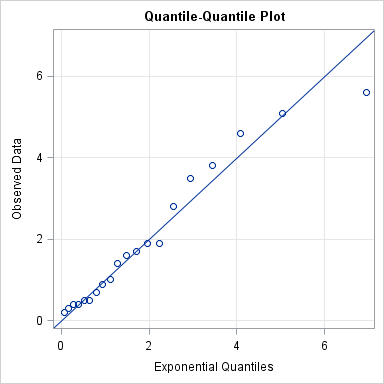
When you analyze data, you will occasionally have to deal with categorical variables. The typical situation is that you want to repeat an analysis or computation for each level (category) of a categorical variable. For example, you might want to analyze males separately from females. Unlike most other SAS procedures,









